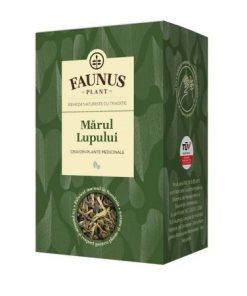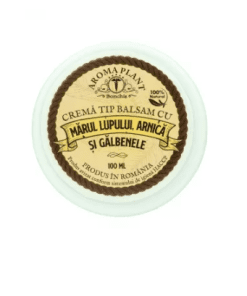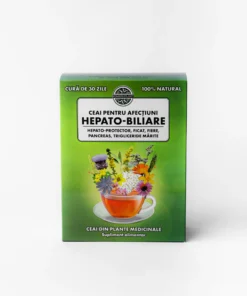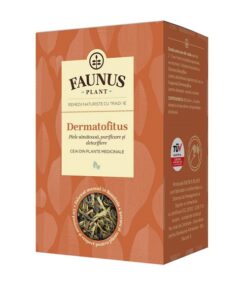What is Aristolochia clematitis or Upright Birthwort or Birthwort?
Aristolochia clematitis is an evergreen perennial plant belonging to the Aristolochiaceae family. Commonly known as Upright Birthwort or Birthwort, it usually reaches a height of 90cm. Its eye-catching yellow-brown flowers blossom from late spring to summer and have a distinctive curved, tubular shape. The foliage consists of heart-shaped leaves.
Due to its shape, European birthwort is commonly referred to as pipevine. It was a source of inspiration for many artists during the Art Nouveau period. The botanic name Aristolochia stands for ‘sublime for the delivering woman’, referencing its use in midwifery since the first century, according to Dioscurides. North American Indian tribes also used it as an anti-venom for snakebites. However, caution is advised – the plant contains dangerous Aristolochic acid in all parts and has been banned from use in Germany since 1981 due to its nephrotoxic and carcinogenic properties.
The plant is known to have antiseptic, healing and hemostatic properties, and can be used to treat wounds, insect and snake bites and ulcers. Additionally, it has been administered to relieve arthritis and rheumatism symptoms when taken as herbal tea. Further, its emmenagogue effect makes it ideal for treating menorrhagia, dysmenorrhea and other conditions associated with a woman’s menstrual cycle.
The plant can be administered in different ways, either orally or externally. For infusions, take 3 spoons each day for a month; for herbal tea, mix 25g of dried sprout, fresh root and leaves in 1L of boiled water and drink three times a day; for an ointment, grind the dried root in mortar with animal oil.
Faunus Plant
Faunus Plant
Remediu Plant
Faunus Plant











